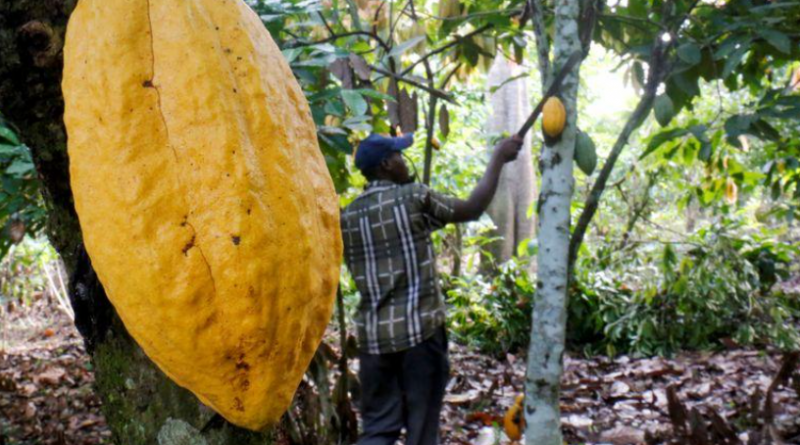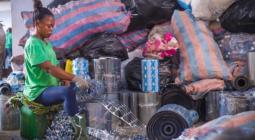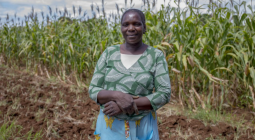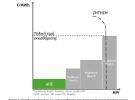Ivory Coast's cocoa mid-crop threatened as dry spell drags on.

ABIDJAN (Reuters) - An unusual dry spell persisted across most of Ivory Coast’s cocoa-growing regions last week, fuelling farmers’ fears that the April-to-September mid-crop could be depleted.
Ivory Coast, the world’s biggest cocoa producer, is in its rainy season, which runs from April to mid-November. But the heavy downpours typical of the season have been absent for more than a month.
Farmers told Reuters they expect yields from the latest stage of the mid-crop to fall compared with those of last year, as younger pods are suffering from a lack of moisture.
“The yield from the trees will decrease because it isn’t raining like it should be,” said Salame Kone, who farms near Soubre.
Only 34.6 millimetres (mm) of rain fell in Soubre last week, data collected by Reuters showed, an improvement from the week before but still 19.2 mm below the five-year average.
Farmers in the southern region of Agboville and in the eastern region of Abengourou, where rains were also well below average, voiced similar concerns.
Downpours were sparse across the central regions of Bongouanou, Yamoussoukro and Daloa as well, where farmers said they are not expecting their pods to develop properly.
“The pods will not grow big enough because the trees lack water,” said Albert N’Zue, who farms near Daloa, where rainfall was 6.9 mm below the average at 20.1 mm.
Farmers said the market for their beans had weakened with few buyers paying regular visits to farms. Some said major buyers had told them there was enough stock to export gradually should the rains not pick up again.
Only the southern region of Divo reported higher rainfall than usual last week, having experienced 3.7 mm above the average at 43.2 mm. Still, farmers there said the ground would need more moisture in order for pods to properly develop.
Average daily temperatures ranged from 26.2 to 29.1 degrees Celsius last week.
7 June 2021
Reuters




